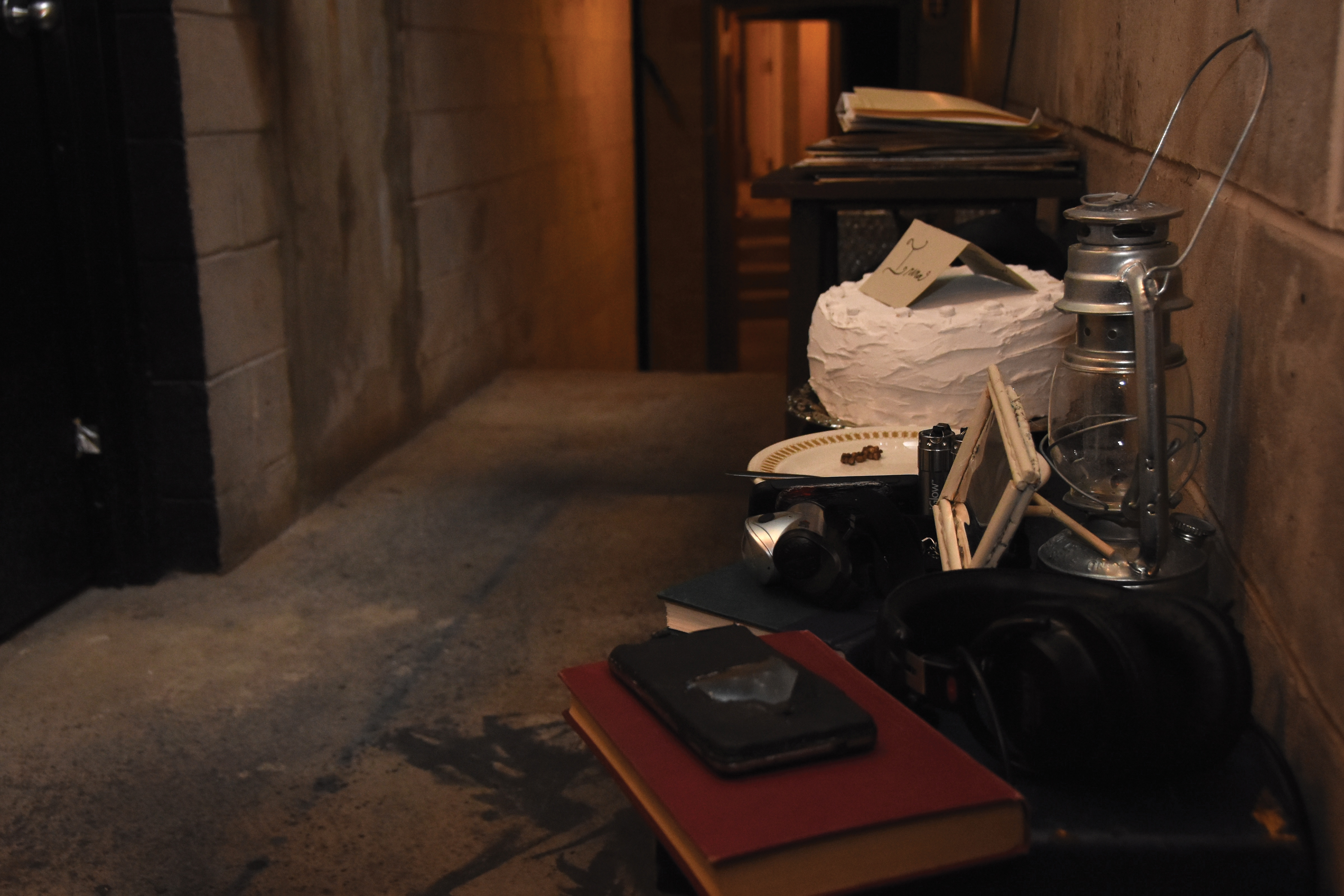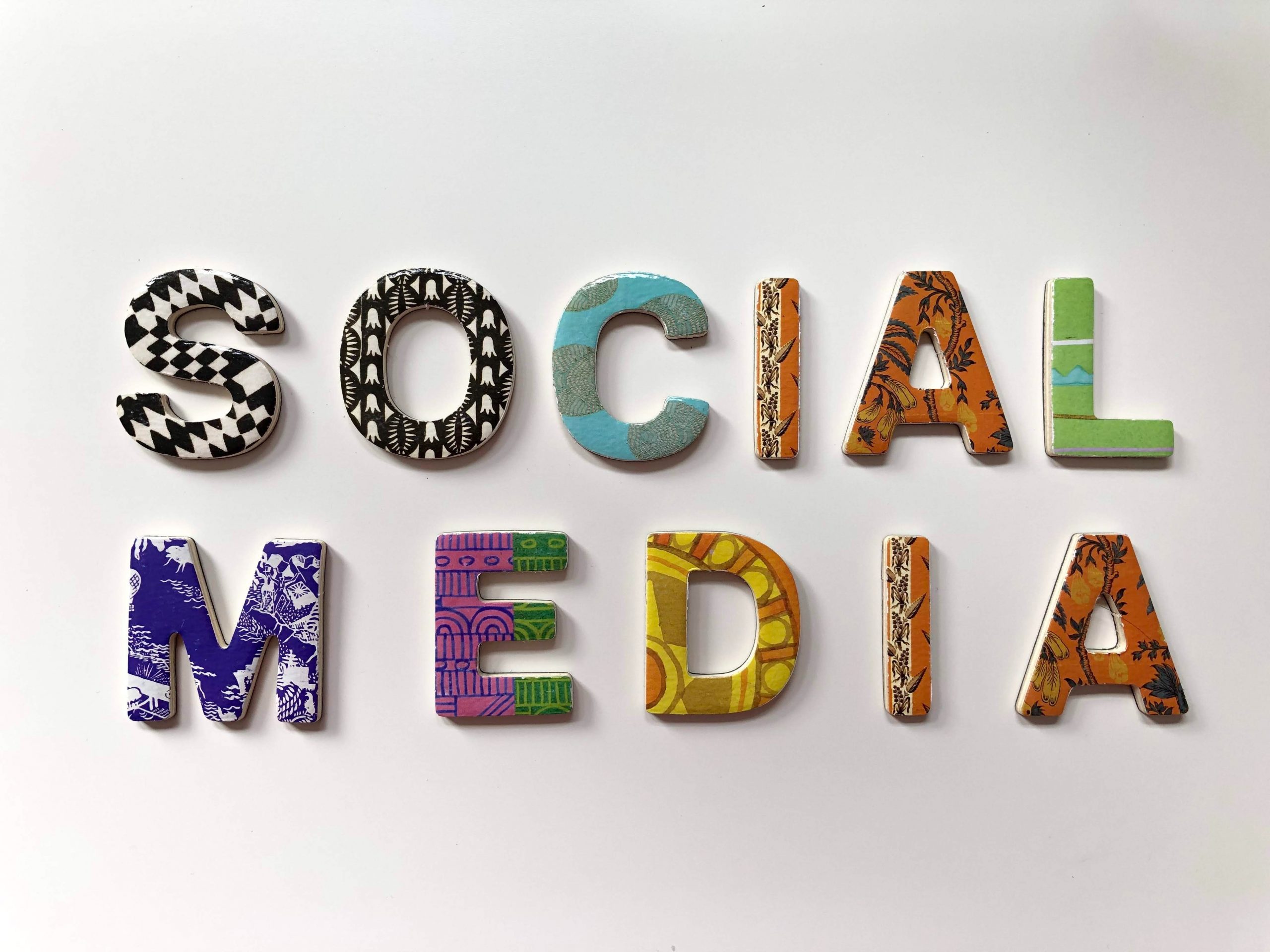It’s been a couple of years since the New York based rap collective Das Racist disbanded. The pain still lingers – every time I’m scrolling through my iTunes library and the name pops up, an iota of my being dies. Before I get into a psychoanalytical examination of feelings, and their relation to my being, I must explain why Das Racist holds a special place in rap culture, and in the cold, cavernous depths of my heart.
To understand the charm, we must deconstruct the mythos. Simply put: there hasn’t been anything else like Das Racist. They synthesized lyrical content that was offsetting and apocryphal, layered with puns on racism, capitalism, television, fast food, and a plethora of other jabs at the inane bullshit that pervaded life in a Western Culture.
“Backyards, kittens, puppies, 401k’s, libels, yuppies
Yeeah, I’m talkin’ bout wine drinkers
Bald-head men, Klux Klan swine-thinkers
What motivates you? Let’s go around the room
‘I wanna own a boat one day’”
At first it may seem like some nonsense that a word generator might spit out. But a deeper reading shows an incredible amount of consciousness about the inherent practices of predatory capitalism. Painting the vision of an attainable affable lifestyle, and yet the cards are tilted to the favour of these “bald-head men.” Does capitalism layer life with mirages of ostentatious things like boats? Most definitely! But the canvas this utopian vision is painted upon is one of intrinsic inanity: “Backyards, kittens, puppies, 401k’s, libels, yuppies”
And this is the most important lesson I’ve learnt from listening to Das Racist. The system is not in our favor. It is probable that there is no greater meaning to life, or a higher calling to success. But on the bright side of life, the youthful experience is drenched with plurality. We don’t have to sit down and take it; life is just as much about eating Sour Patch Kids as it is about fighting the establishment (or whatever the pseudo-socialistic new age hippie bongo banging analogy is). If we do come to terms with this: the plurality becomes entrenched in our being. This is the spirit that Das Racist so viciously tried to embody.
While we’re on the topic of plurality, it is important to address the ethnic backgrounds of the comprising members. They were two brown guys – a product of post 9/11 New York; lamentation paved the way to an eerily accurate view of a virulently racist quasi-society that arose after the towers fell. It’s just two brown guys, alluding to the rampant racial divisionism with surgical precision. They don’t come from a viewpoint of courage or hatred. They are revelers of the divide, tirelessly working to build a bridge across it. I find it conflicting, and I like it that way. Das Racist is relevant to me for this very reason: they refuse to be boxed or categorized into a niche. They did not latch on to a new counterculture to stay relevant; instead they are merely zooted brown weirdos playing hopscotch on the grey area between humor and tragedy.





